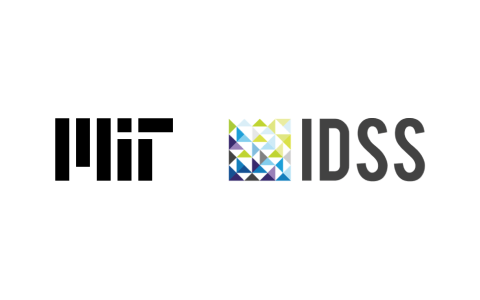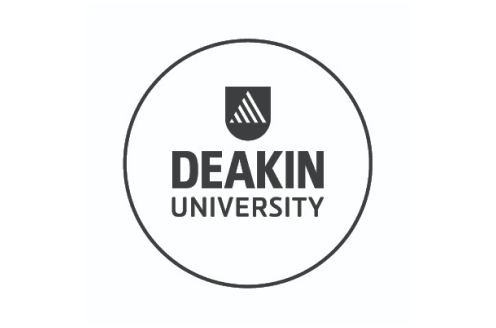- Great Learning
- Free Courses
- Data Science
Earn a certificate & get recognized
Marketing and Retail Analytics
Learn marketing & retail analytics from basics in this free online training. Marketing & retail analytics course is taught hands-on by experts. Learn about the cluster analysis and k means segmentation in details with example.
Instructor:
Prof. Raghavshyam RamamurthyMarketing and Retail Analytics
37.6K+ learners enrolled so far
Stand out with an industry-recognized certificate
10,000+ certificates claimed, get yours today!
Get noticed by top recruiters
Share on professional channels
Globally recognised
Land your dream job

Skills you will gain
RFM Analysis
KINME
Key Highlights
Get free course content
Master in-demand skills & tools
Test your skills with quizzes
About this course
Marketing and Retail analytics is the process of measuring, managing, and analyzing marketing performance to maximize effectiveness and optimize investment return. This supports the business to improve its operations and customer experience by providing a 360-degree view of the customer's needs. The free marketing and retail analytics course will help you anticipate demand and other significant trends that generate more revenue for the business. This beginner course explains some basic terminologies used in marketing and discusses the application of analytics in retail. You will also learn RFM, a data modeling approach to analyze customer value used in marketing techniques to gather factors like purchase recency, frequency, and amount spent on a purchase. This basic marketing and retail analytics course can help you uncover more substantial business insights and customer needs.
Find out recent trends in customer behavior by taking up a free marketing analytics course for your level.
Great Learning offers multiple data science courses that make you proficient in Data Science to excel in your career. Enroll in the Best Data Science course and earn a Postgraduate degree online. The course is designed in collaboration with the University of Texas at Austin. You will also receive career mentorship services along with the program to help you elevate your corporate journey.
Course outline
Overview of Marketing
Marketing Terminologies
RFM Analysis - Using Tableau
RFM Analysis Using - KNIME
Percentiles and Auto Binner Function in KNIME
Get access to the complete curriculum once you enroll in the course
Stand out with an industry-recognized certificate
10,000+ certificates claimed, get yours today!
Get noticed by top recruiters
Share on professional channels
Globally recognised
Land your dream job

Marketing and Retail Analytics

4.5 Hours
Beginner
37.6K+ learners enrolled so far
Get free course content
Master in-demand skills & tools
Test your skills with quizzes
Refer and earn
Get learning discounts up to $20
Learner reviews of the Free Courses
5.0

5.0

5.0
What our learners enjoyed the most
Skill & tools
61% of learners found all the desired skills & tools
Our course instructor

Prof. Raghavshyam Ramamurthy
Industry Expert in Visualization
Data Science Expert
Frequently Asked Questions
Will I receive a certificate upon completing this free course?
Is this course free?
Will I get a certificate after completing this Marketing and Retail analytics free course?
Yes, you will get a certificate of completion for Marketing and Retail analytics after completing all the modules and cracking the assessment. The assessment tests your knowledge of the subject and badges your skills.
How much does this Marketing and Retail analytics course cost?
It is an entirely free course from Great Learning Academy. anyone interested in learning the basics of Marketing and Retail analytics can get started with this course.
Is there any limit on how many times I can take this free course?
Once you enroll in the Marketing and Retail analytics course, you have lifetime access to it. So, you can log in anytime and learn it for free online.
Can I sign up for multiple courses from Great Learning Academy at the same time?
Yes, you can enroll in as many courses as you want from Great Learning Academy. There is no limit to the number of courses you can enroll in at once, but since the courses offered by Great Learning Academy are free, we suggest you learn one by one to get the best out of the subject.
Why choose Great Learning Academy for this free Marketing and Retail analytics course?
Great Learning Academy provides this Marketing and Retail analytics course for free online. The course is self-paced and helps you understand various topics that fall under the subject with solved problems and demonstrated examples. The course is carefully designed, keeping in mind to cater to both beginners and professionals, and is delivered by subject experts. Great Learning is a global ed-tech platform dedicated to developing competent professionals. Great Learning Academy is an initiative by Great Learning that offers in-demand free online courses to help people advance in their jobs. More than 5 million learners from 140 countries have benefited from Great Learning Academy's free online courses with certificates. It is a one-stop place for all of a learner's goals.
What are the steps to enroll in this Marketing and Retail analytics course?
Enrolling in any of the Great Learning Academy’s courses is just one step process. Sign-up for the course, you are interested in learning through your E-mail ID and start learning them for free online.
Will I have lifetime access to this free Marketing and Retail analytics course?
Yes, once you enroll in the course, you will have lifetime access, where you can log in and learn whenever you want to.
What is Marketing Analytics?
Marketing Analytics includes technologies and processes, through which marketers can gauge the achievement of their marketing initiatives. It gathers information from various marketing channels and combines it into a common marketing view. Through this, one can excerpt analytical results that can provide vital assistance in driving the marketing efforts forward. It is the practice of managing and understanding metrics data in order to determine the ROI of marketing efforts likewise- channel performance, calls-to-action (CTAs), blog posts, and so on thereby identifying opportunities for improvement. It measures, manages, and analyzes marketing performance not only to maximize its effectiveness but also allows the marketers to create an optimized return on investment (ROI).
This process uses important business metrics, viz. marketing attribution, various tools, use of data that can help you make better decisions, get more insights, learn more trends thus impact overall marketing effectiveness. It also helps to analyze ‘How our marketing strategies are performing today?’, ‘How do our marketing activities compare with our competitors?’, ‘What should we do next?’, ‘What can we do to improve them?’ and so on.
Marketing Analytics thus plays a pivotal role by helping marketers take informed decisions by identifying the target audience and their thought process. It can also lead to improved lead nurturing and management, which in turn helps to grow more revenue and larger productivity.
What is Retail Analytics?
Retailers in the current times are facing multiple challenges, viz. declining sales, aggressive competition from online stores, changing consumer likings, and so on. But the reason why a few retailers are overcoming this situation and heading towards winning is due to the knowledge of ‘Retail Analytics’
So, what is Retail Analytics- It’s the art of running a business into science by gathering sales data, identifying trends, and presenting them in an easy-to-read format. It is the process of using data to provide insights and help make decisions on key retail functions (demand forecasting, procurement, logistics and warehousing, category management, pricing, and promotions). These will help in making better business decisions. It is the use of data to measure the performance of a retail operation and is useful for aspects of inventory management, accounting, cash flow management, employee scheduling, and much more.
Data here plays an important role in setting up the realistic goal for a retail store and can help you respond to changes in customer behavior.
How can you track retail sales?
Retail sales can be tracked by understanding which campaigns or strategies drive the most sales for a retail store. This can lead to your success and reduce mistakes.
As we are surrounded by competitors who aim for a bigger slice of sales or market share, here are few metrics that can be followed to track retail sales:
- Footfalls- The basic metric that every retailer should track is to keep track of the number of visitors each day. This can be performed using people counters and retail analytics software. Footfalls will provide the perception of what’s working, what needs to be improvised, whether it’s a shopping season, new store location, display window design or any loyalty program that was launched recently.
- Conversion Rate- It’s crucial to analyze the factors that influence a visitor’s purchase decision. This will help to understand how much percentage of visitors actually make a purchase and how much percentage of people can be influenced to buy. One can also evaluate whether the store layout, promotions, discounts and product ranges are in line with what customers are expecting.
- Average basket size and Average ticket size -Average basket size refers to the number of items that get sold in a single purchase, while Average ticket size is the quantity of money that every buyer spends on average per visit.
- Customer Retention- This tells you the number of customers that return to the store.
Your customer retention rate tells you the number of customers that return to your store that lets you know the loyalty of the customer, product performance and customer service. To retain customers, it depends on how well you manage your customer relationships. This could be done by tracking down customer’s purchases, offering them recommendations and providing a good loyalty program for them to happily come back!
- Measure Year- on- Year Growth- Measuring current results against the previous year, is one of the best ways for tracking a company’s progress.
- Sales Per Square Foot & Sales Per Employee-
Measuring these metrics allows one to identify revenue generated per square foot of sales space in a store and on the other hand, gives a snapshot of the sales associate’s performance. Thereby enabling you to make swift adjustments to the overall performance.
How is Business Analytics used in marketing?
In today’s marketplace, Business Analytics is a powerful tool and has become an integral part of the business world! It is becoming a competitive edge for organizations. It helps in revealing vital statistics about consumer behavior and market trends. It improves corporate marketing campaigns by helping organizations to understand their customers better and narrow their target audience. Through this process, it can collect information from different channels and provide a holistic view of the customers. It can also capture data from various sources and convert it into a format for analysis and visualization.
Business Analytics is useful in the following areas:
- Market Segmentation :Through this, organizations can focus on relevant markets, identify a niche market and thereby utilize company resources with higher productivity.
- Marketing Mix Optimization :This method highlights all possible combinations of the marketing mix and is used for the statistical analysis of various advertising and marketing efforts executed on products performance in the market.
- Competitor Analysis : It’s a process of analyzing business strategies and identifying their strength and weakness, tactics, areas of improvement, hence achieving an edge over the competitors.
- Sales Performance Analysis : Through BA tools, one can evaluate the performance of their sales team, identify the areas which need alterations, regulate facts and help raise the performance bar of the team.
- Sales Pipeline Analysis : This process will help detect any gaps in the sales process.
- Campaign Analysis : It helps to evaluate, test and analyse each campaign’s (pre & post) performance.
How can Retailers use Data Analytics?
For retailers, data is both their biggest asset and biggest challenge. It’s the key to understanding and engaging with their consumers. It lets them efficiently and effectively plan their product to sore at the hyper-local level. At the store level, data is at the core of effective store optimization and when it comes to supply chain management, data needs visibility and flexibility at the global level. Retailers competing with low margins have known for decades that data is a powerful tool and big data takes it and supercharges it for the modern retail environment. Data can also unlock hidden values and many other functions as well viz. Risk Management helps retailers to use their existing data and to improve the bottom line.
What is the importance of marketing analytics ?
In today's data-driven and competitive world, it's tough to imagine a marketing campaign that isn't supported and driven by 'Analytics.' Marketing is crucial for any business where it contributes anywhere from 5-8% and as high as 20% if it is a new business.
Analytics directly supports the marketing efforts; it helps predict what will happen during the execution of a marketing strategy. It also allows us to see what works and what doesn't, it helps to understand the user behavior, website engagement, strengths and weaknesses of ongoing campaigns, bounce rates, conversion rates and in that way can aid them to find out positive and negative factors if any, revealing the correct measurements to take. The process helps us understand if our sites are performing 'technically well', and based on that, we can fine-tune our campaigns accordingly. This ensures that no leads get lost, and we take accurate decisions to increase our business outcomes.
Become a Skilled Professional with Pro Courses
Gain work-ready skills with guided projects, top faculty and AI tools, all at an affordable price.


View Course

Included with Pro+ Subscription

View Course

Included with Pro+ Subscription
.jpg)
View Course

Included with Pro+ Subscription


View Course

Included with Pro+ Subscription


View Course

Included with Pro+ Subscription

View Course

Included with Pro+ Subscription

View Course

Included with Pro+ Subscription

View Course

Included with Pro+ Subscription




View Course

Included with Pro+ Subscription

View Course

Included with Pro+ Subscription

View Course

Included with Pro+ Subscription
.jpg)
View Course

Included with Pro+ Subscription

View Course

Included with Pro+ Subscription

View Course

Included with Pro+ Subscription


View Course

Included with Pro+ Subscription


View Course

Included with Pro+ Subscription
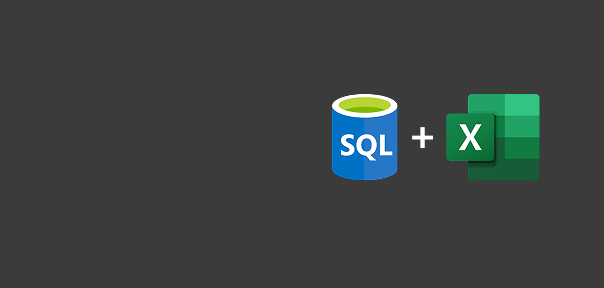

View Course

Included with Pro+ Subscription


View Course

Included with Pro+ Subscription


View Course

Included with Pro+ Subscription
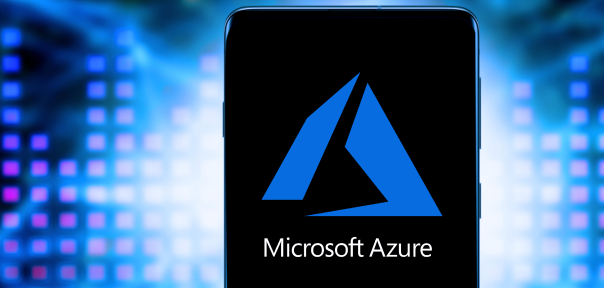



View Course

Included with Pro+ Subscription
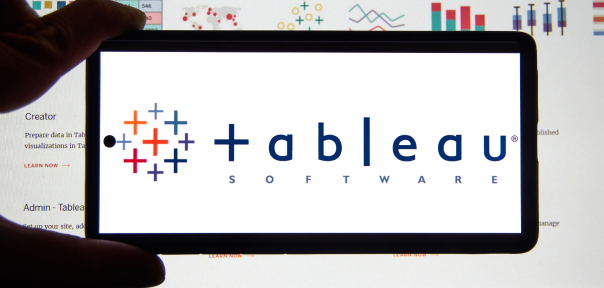
View Course

Included with Pro+ Subscription
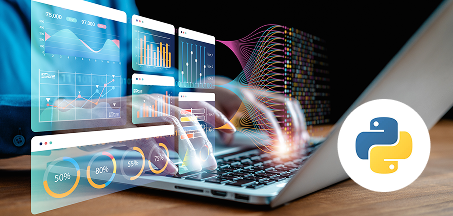
View Course

Included with Pro+ Subscription
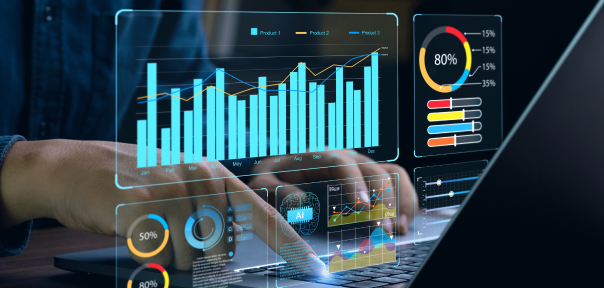
View Course

Included with Pro+ Subscription

View Course

Included with Pro+ Subscription
.png)
View Course

Included with Pro+ Subscription
.jpg)
View Course

Included with Pro+ Subscription

View Course

Included with Pro+ Subscription
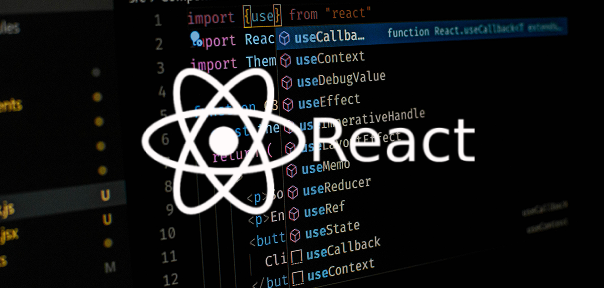
View Course

Included with Pro+ Subscription

View Course

Included with Pro+ Subscription
.png)
View Course

Included with Pro+ Subscription

View Course

Included with Pro+ Subscription
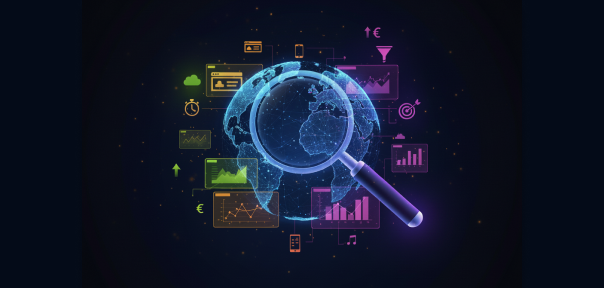
View Course

Included with Pro+ Subscription

View Course

Included with Pro+ Subscription


View Course

Included with Pro+ Subscription

View Course

Included with Pro+ Subscription
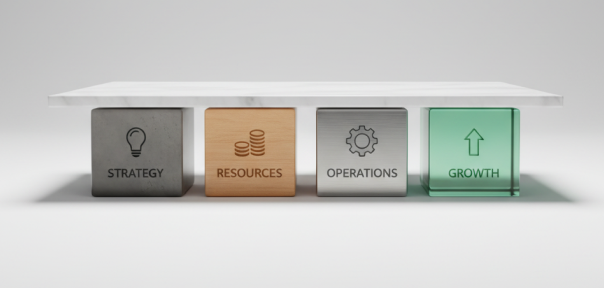
View Course

Included with Pro+ Subscription
.png)
View Course

Included with Pro+ Subscription
.jpg)
View Course

Included with Pro+ Subscription
.jpeg)
View Course

Included with Pro+ Subscription
.jpg)
View Course

Included with Pro+ Subscription
.jpg)
View Course

Included with Pro+ Subscription
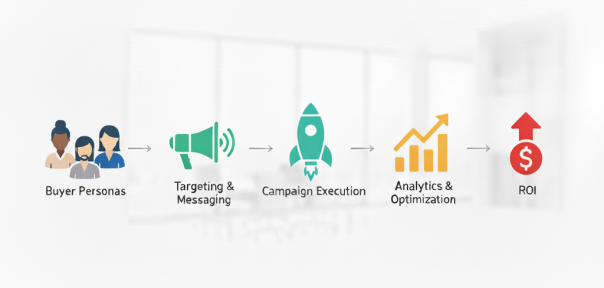
View Course

Included with Pro+ Subscription

View Course

Included with Pro+ Subscription
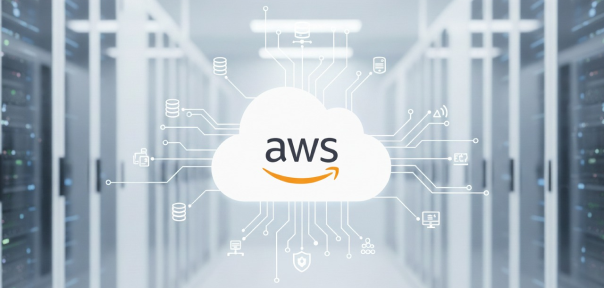

View Course

Included with Pro+ Subscription
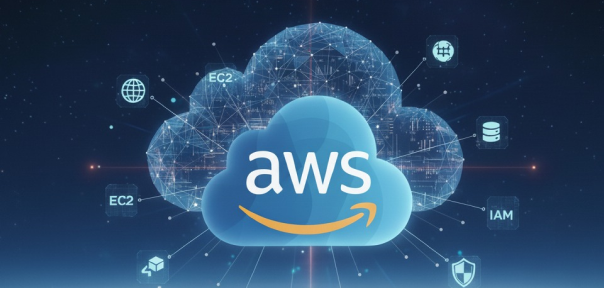

View Course

Included with Pro+ Subscription


View Course

Included with Pro+ Subscription
.png)
View Course

Included with Pro+ Subscription



.png)

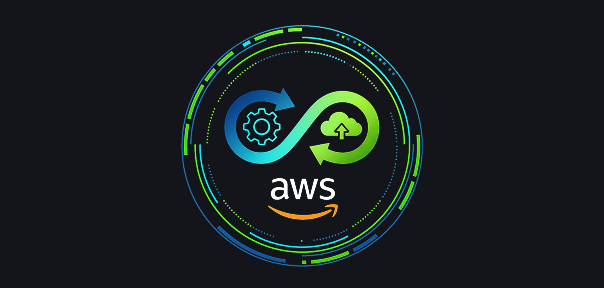
View Course

Included with Pro+ Subscription
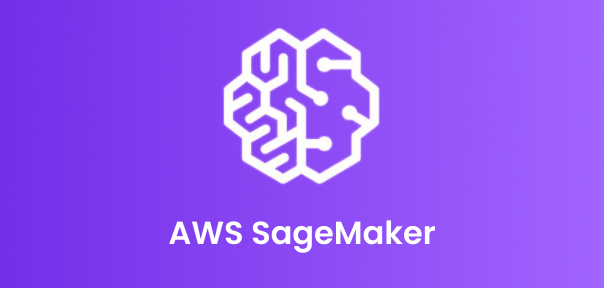

View Course

Included with Pro+ Subscription

View Course

Included with Pro+ Subscription

View Course

Included with Pro+ Subscription
.png)
View Course

Included with Pro+ Subscription
.png)
View Course

Included with Pro+ Subscription
.png)
View Course

Included with Pro+ Subscription
Popular


View Course

Included with Pro+ Subscription

View Course

Included with Pro+ Subscription
.jpg)
View Course

Included with Pro+ Subscription


View Course

Included with Pro+ Subscription


View Course

Included with Pro+ Subscription

View Course

Included with Pro+ Subscription

View Course

Included with Pro+ Subscription

View Course

Included with Pro+ Subscription
AI & Generative AI




View Course

Included with Pro+ Subscription

View Course

Included with Pro+ Subscription

View Course

Included with Pro+ Subscription
.jpg)
View Course

Included with Pro+ Subscription

View Course

Included with Pro+ Subscription

View Course

Included with Pro+ Subscription
Microsoft Courses


View Course

Included with Pro+ Subscription


View Course

Included with Pro+ Subscription


View Course

Included with Pro+ Subscription


View Course

Included with Pro+ Subscription


View Course

Included with Pro+ Subscription


Data Science & ML


View Course

Included with Pro+ Subscription

View Course

Included with Pro+ Subscription

View Course

Included with Pro+ Subscription

View Course

Included with Pro+ Subscription

View Course

Included with Pro+ Subscription
.png)
View Course

Included with Pro+ Subscription
IT & Software
.jpg)
View Course

Included with Pro+ Subscription

View Course

Included with Pro+ Subscription

View Course

Included with Pro+ Subscription

View Course

Included with Pro+ Subscription
.png)
View Course

Included with Pro+ Subscription

View Course

Included with Pro+ Subscription

View Course

Included with Pro+ Subscription

View Course

Included with Pro+ Subscription


View Course

Included with Pro+ Subscription
 (1).png)
View Course

Included with Pro+ Subscription


View Course

Included with Pro+ Subscription

View Course

Included with Pro+ Subscription


View Course

Included with Pro+ Subscription

View Course

Included with Pro+ Subscription
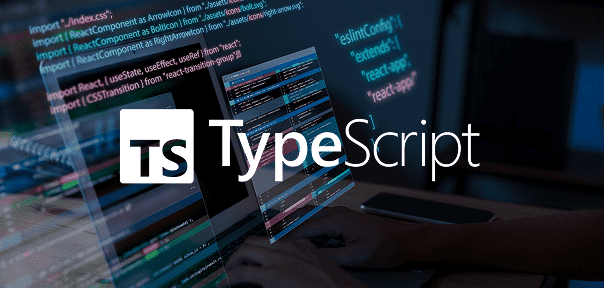
View Course

Included with Pro+ Subscription
.png)
View Course

Included with Pro+ Subscription
.png)
View Course

Included with Pro+ Subscription

View Course

Included with Pro+ Subscription

View Course

Included with Pro+ Subscription

View Course

Included with Pro+ Subscription

View Course

Included with Pro+ Subscription

View Course

Included with Pro+ Subscription
Management

View Course

Included with Pro+ Subscription

View Course

Included with Pro+ Subscription
.png)
View Course

Included with Pro+ Subscription
.jpg)
View Course

Included with Pro+ Subscription
.jpeg)
View Course

Included with Pro+ Subscription
.jpg)
View Course

Included with Pro+ Subscription
.jpg)
View Course

Included with Pro+ Subscription

View Course

Included with Pro+ Subscription

View Course

Included with Pro+ Subscription
.png)
View Course

Included with Pro+ Subscription
.png)
View Course

Included with Pro+ Subscription
.png)
View Course

Included with Pro+ Subscription
.png)
View Course

Included with Pro+ Subscription
.png)
View Course

Included with Pro+ Subscription
 (1).jpg)
View Course

Included with Pro+ Subscription

View Course

Included with Pro+ Subscription
Cloud Computing


View Course

Included with Pro+ Subscription


View Course

Included with Pro+ Subscription


View Course

Included with Pro+ Subscription
.png)
View Course

Included with Pro+ Subscription



.png)


View Course

Included with Pro+ Subscription


View Course

Included with Pro+ Subscription
.png)

View Course

Included with Pro+ Subscription
.jpg)

.jpg)

.png)

View Course

Included with Pro+ Subscription


Cyber Security

View Course

Included with Pro+ Subscription

View Course

Included with Pro+ Subscription
.png)
View Course

Included with Pro+ Subscription
.png)
View Course

Included with Pro+ Subscription
.png)
View Course

Included with Pro+ Subscription
Subscribe to Academy Pro+ & get exclusive features
$25/month
No credit card required

Learn from 40+ Pro courses
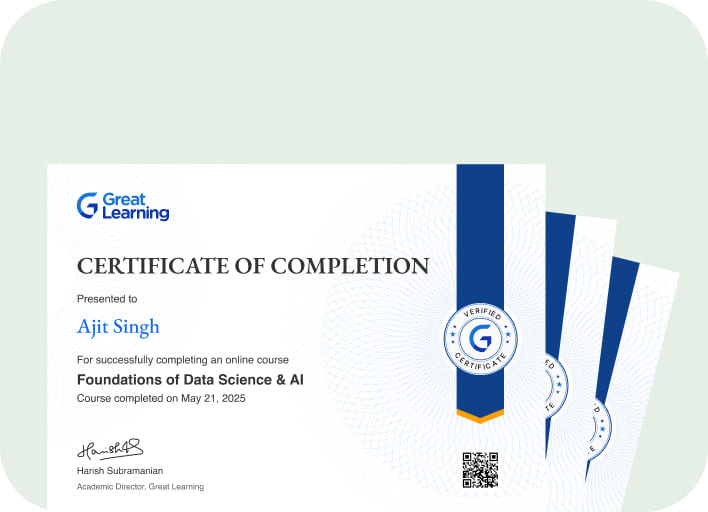
Access 500+ certificates for free
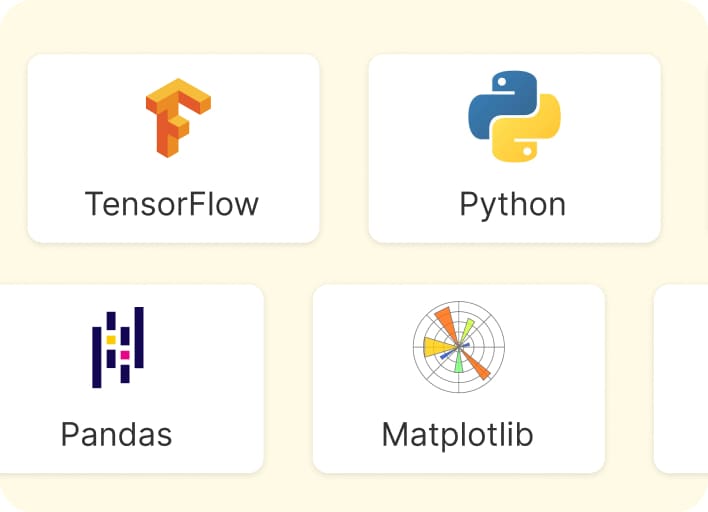
700+ Practice exercises & guided projects

Prep with AI mock interviews & resume builder
Recommended Free Data Science courses





Similar courses you might like




Related Data Science Courses
-
Personalized Recommendations
Placement assistance
Personalized mentorship
Detailed curriculum
Learn from world-class faculties
50% Average salary hike -


12 weeks · Online
Know More
-


MIT Professional Education
Applied AI and Data Science Program14 Weeks · Live Online · Weekdays & Weekend
Know More
-


Deakin University
Master of Data Science (Global) Program24 Months · Online
Top 1% UniversityKnow More






